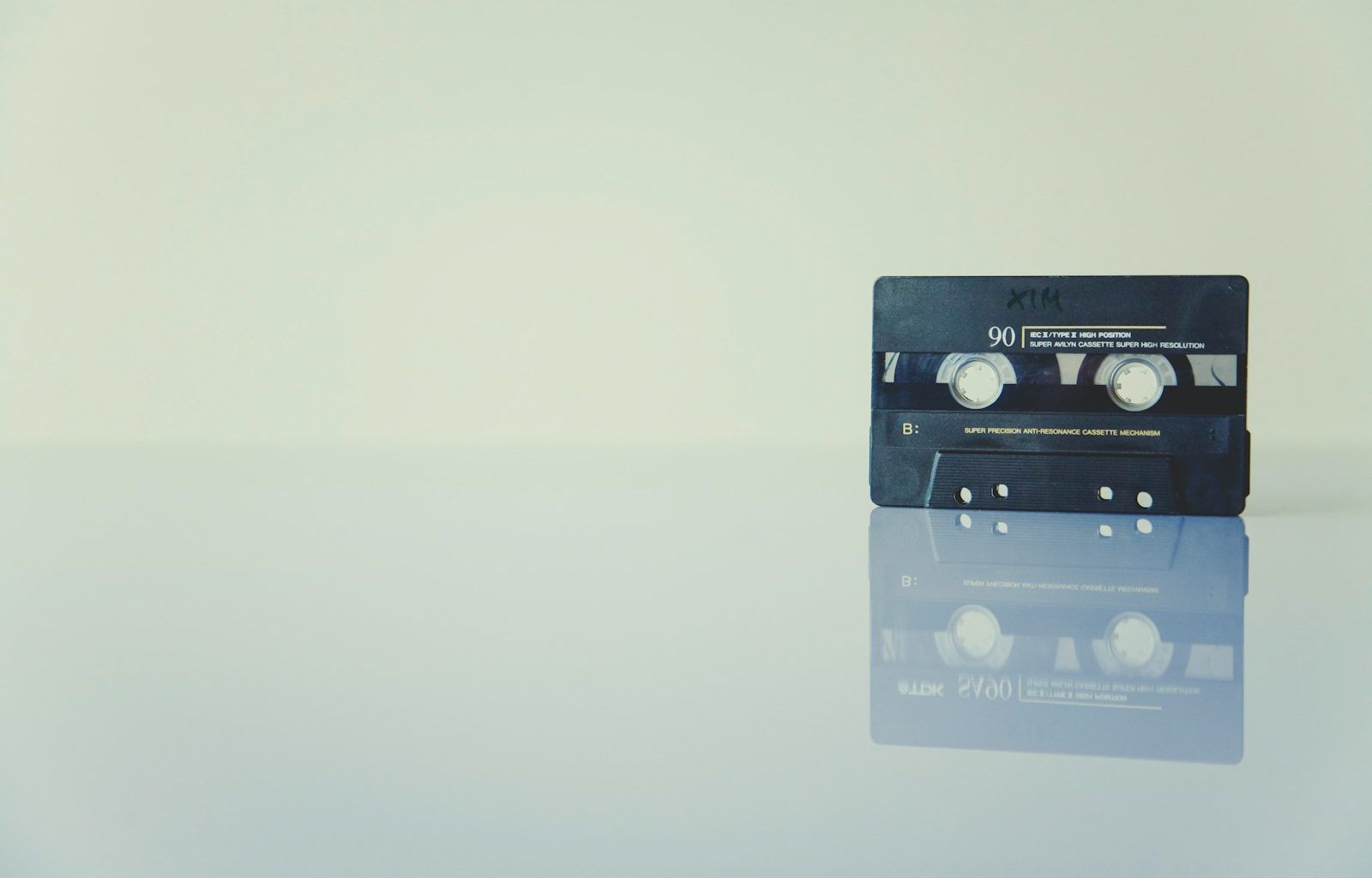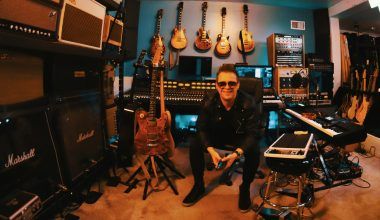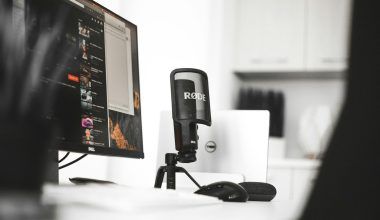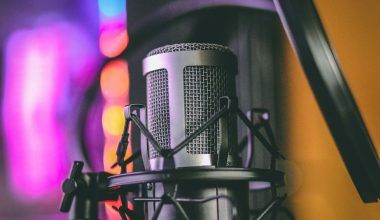Have you ever wondered where your favorite songs are recorded or how artists create such polished, professional soundtracks? The answer often lies in a music studio. A music studio is a space specifically designed to create, record, and mix music.
The Basics of a Music Studio
At its core, a music studio is a room or building equipped with tools and technology for music production. These studios vary in size, equipment, and purpose, but they all share the goal of producing high-quality audio. From home setups to professional studios, each has its own charm and capabilities. What sets a music studio apart from a regular room is its design—it’s built to enhance sound quality and minimize noise interference.
Why Do We Need Music Studios?
Music studios exist because music production requires precision and control over sound. Imagine trying to record a song in a noisy environment or with poor acoustics; it would be almost impossible to achieve the clarity and depth that make music enjoyable. Studios offer a controlled space where artists can focus on their craft. They provide the tools and environment necessary to experiment, refine, and perfect their creations.
Types of Music Studios
There isn’t a one-size-fits-all music studio. Depending on the artist’s needs, there are various types of studios:
1. Home Studios
Many musicians start with home studios. These are smaller setups, often in a spare room or basement, equipped with basic recording tools like a computer, microphone, and audio interface. Home studios are cost-effective and perfect for beginners.
2. Project Studios
Project studios are a step up from home studios. They’re used for specific projects and may include more advanced equipment. Artists often use these for demo recordings or small-scale productions.
3. Professional Studios
These are the big leagues. Professional studios are equipped with state-of-the-art technology, soundproofing, and professional-grade instruments.
Key Features of a Music Studio
A music studio isn’t just about the equipment; it’s about creating an environment that inspires creativity. Here are some key features:
1. Acoustic Treatment
Good sound starts with good acoustics. Music studios are designed to control how sound behaves in a room. Acoustic panels, bass traps, and diffusers help manage echoes and vibrations, ensuring a clean recording.
2. Soundproofing
No one wants outside noise ruining their recording session. This allows artists to work without distractions.
3. High-Quality Equipment
From microphones to mixing consoles, the equipment in a music studio is top-notch. Each piece plays a crucial role in capturing and processing sound.
4. Comfortable Environment
Creating music requires focus, so studios are often designed with comfort in mind. Cozy seating, good lighting, and a pleasant atmosphere make long sessions more enjoyable.
Equipment Found in a Music Studio
Let’s take a closer look at some of the essential equipment in a music studio:
1. Microphones
Microphones are the first step in capturing sound. Different microphones are suited for vocals, instruments, or ambient sounds.
2. Audio Interface
This device connects microphones and instruments to the computer. It converts analog signals into digital ones for editing.
3. Digital Audio Workstation (DAW)
The DAW is software used for recording, editing, and mixing music. Popular options include Logic Pro, Ableton Live, and FL Studio.
4. Monitors and Headphones
Studio monitors and headphones provide accurate sound playback, helping artists hear exactly what they’re working on.
5. Mixing Console
Mixing consoles allow producers to adjust levels, add effects, and blend different tracks into a cohesive piece.
The Creative Process in a Music Studio
Walking into a music studio is like stepping into a world of possibilities. Here’s how the magic happens:
1. Pre-Production
Before recording begins, artists plan their sessions. This includes songwriting, arranging, and rehearsing.
2. Mixing
Mixing is where the pieces come together. Engineers balance levels, add effects, and refine the sound to create a polished track.
3. Mastering
The final step is mastering. This process ensures the track sounds great on all playback systems, from headphones to car speakers.
Who Uses Music Studios?
Music studios aren’t just for professional musicians. They’re also used by:
- Podcasters: For recording high-quality audio.
- Voice Actors: To produce clear, professional recordings.
- Film and TV Producers: For soundtracks and effects.
- Hobbyists: Anyone with a passion for sound can benefit from a studio.
Building Your Own Music Studio
Start small with basic equipment and gradually expand as your needs grow. Focus on creating a space that inspires you and supports your creative goals.
Conclusion
A music studio is much more than a room filled with equipment. It’s a space where creativity flourishes, and ideas come to life. Whether it’s a simple home setup or a professional-grade studio, these spaces play a crucial role in the music we love. So next time you hear a song that moves you, take a moment to appreciate the magic of the music studio behind it.
For further reading, explore these related articles:
- Exploring the Best Free Music Distribution App for Independent Artists
- Comprehensive Breakdown of Music Distribution Costs for Artists
For additional resources on music marketing and distribution, visit Deliver My Tune.






